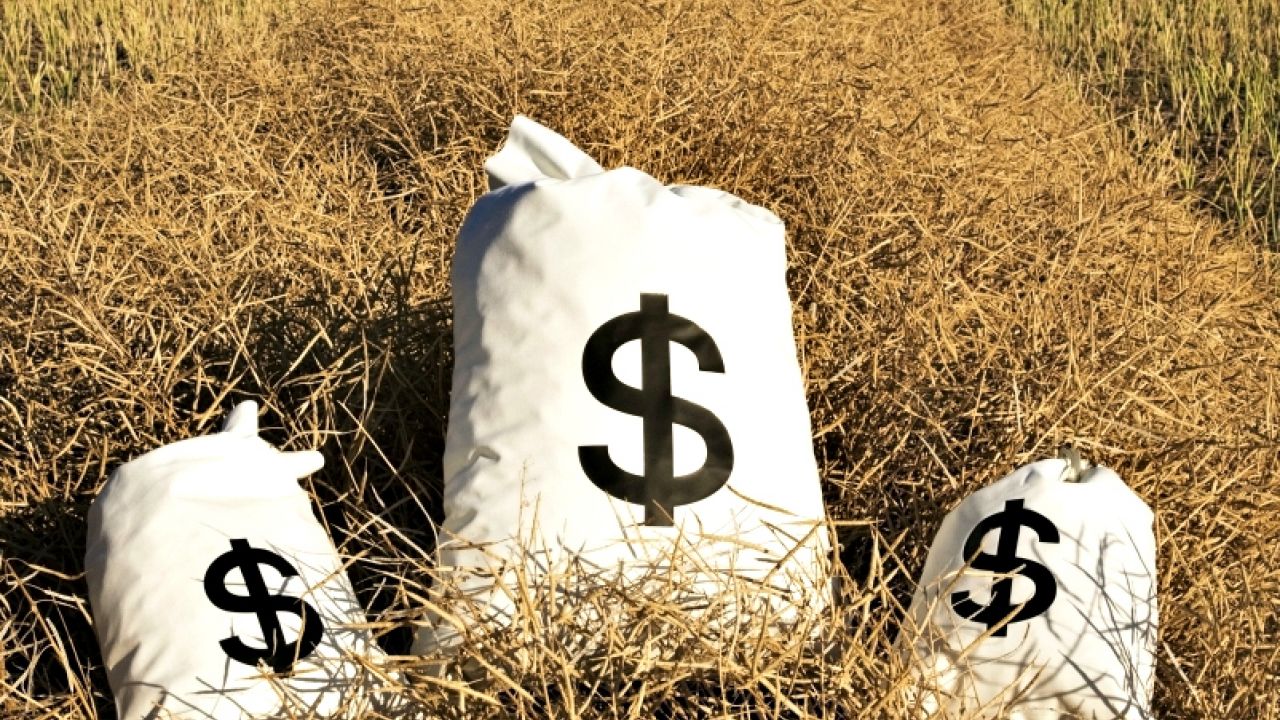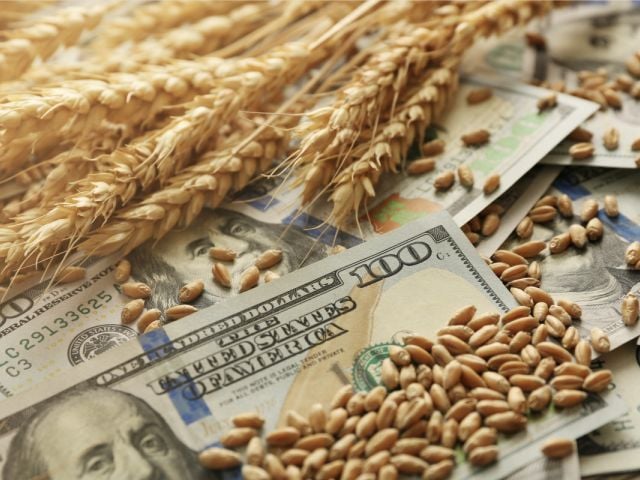
Crop insurance has come under attack for its increasing cost, environmental harm and secrecy. The farm lobby, the crop insurance industry and their political patrons push back by claiming that despite its flaws, at least the federal crop insurance program is better than the ad hoc disaster programs it replaced.
A new EWG report, released today shows that the facts tell a very different story.
Crop insurance has cost taxpayers billions of dollars more than the ad hoc relief programs Congress has authorized in response to disasters. From 1999 to 2008, in the six years that Congress passed large ad hoc disaster relief bills, farmers were paid more than $15 billion in disaster payments, but more than $26 billion in crop insurance payouts. After removing farmer-paid premiums and adding administrative costs, the total cost to taxpayers of the crop insurance program was almost $20 billion.
Unlike disaster payments, crop insurance payouts went out year after year whether or not a disaster occurred. Between 1999 and 2008, disaster payments ranged from a low of $105.2 million to a high of $3.3 billion. During that period, crop insurance payouts never fell below $2.8 billion and peaked at $9.3 billion.
What’s more, crop insurance creates more incentives for farmers to grow on marginal and environmentally sensitive land. In the last decade, farmers have converted thousands of acres of wetlands and highly erodible land to cropland.
Crop insurance is not really insurance, but income support masquerading as disaster relief. Policymakers must cut through the myths spread by its champions and return crop insurance to a safety net that taxpayers and the environment can afford.


